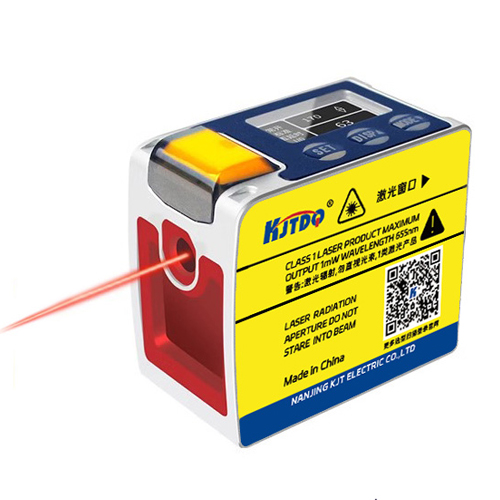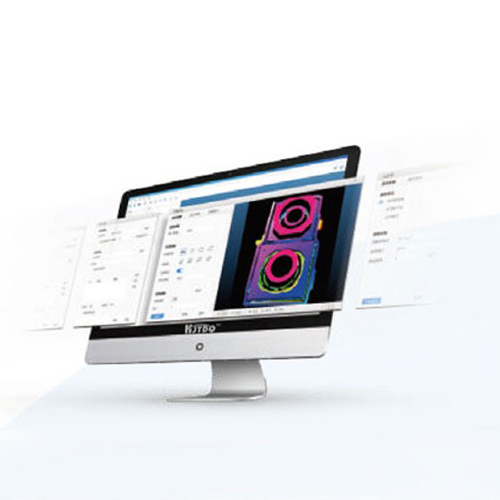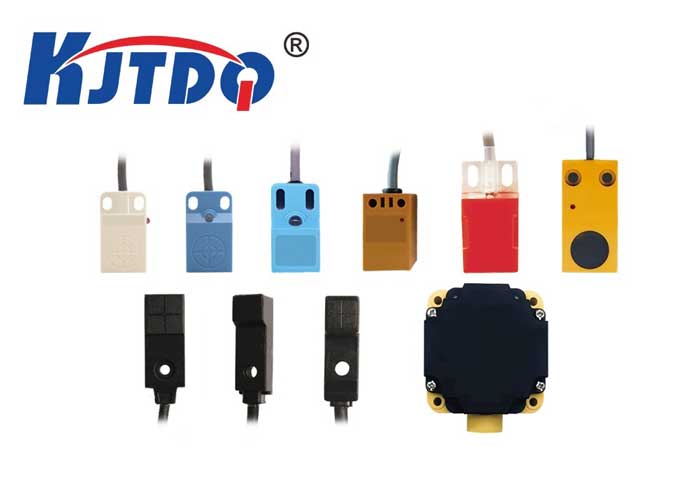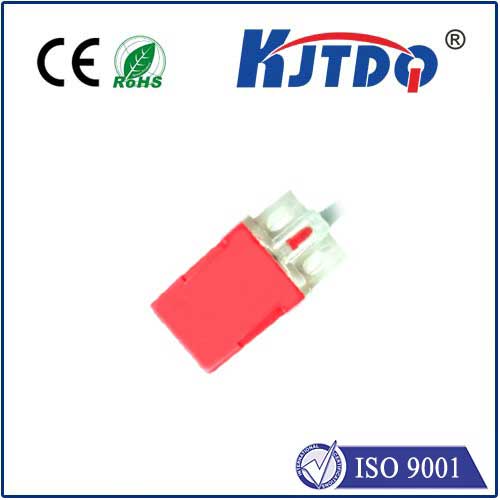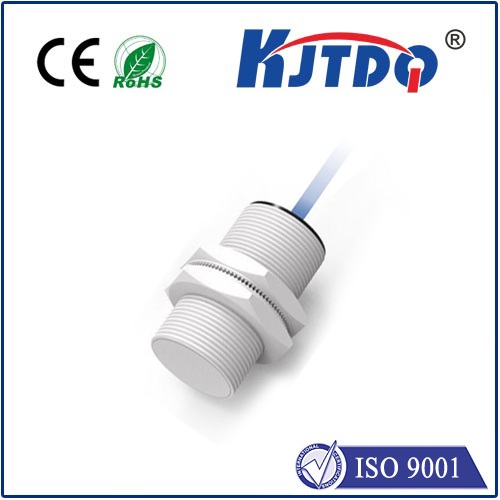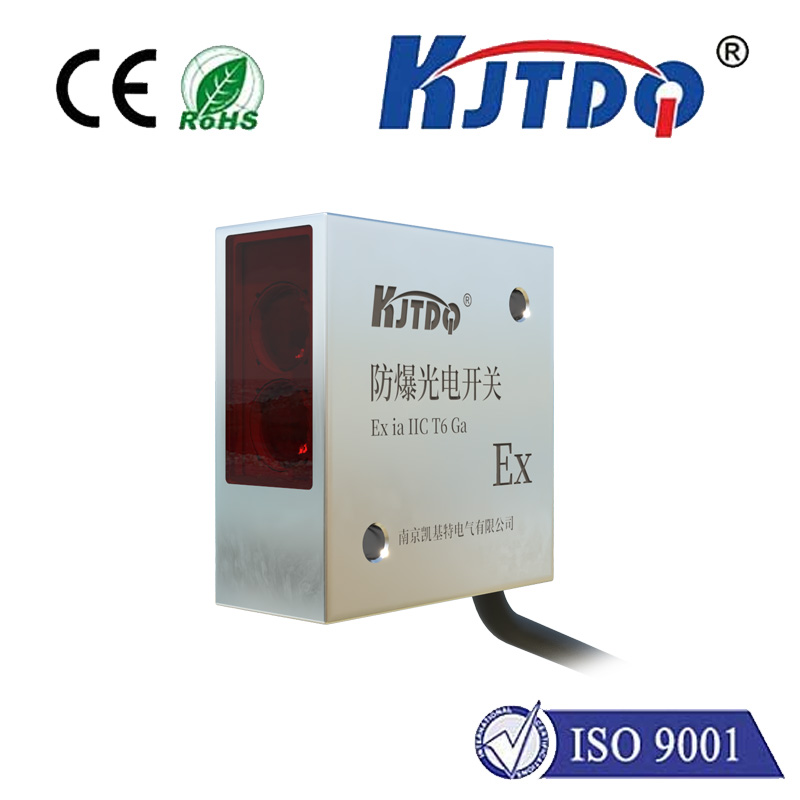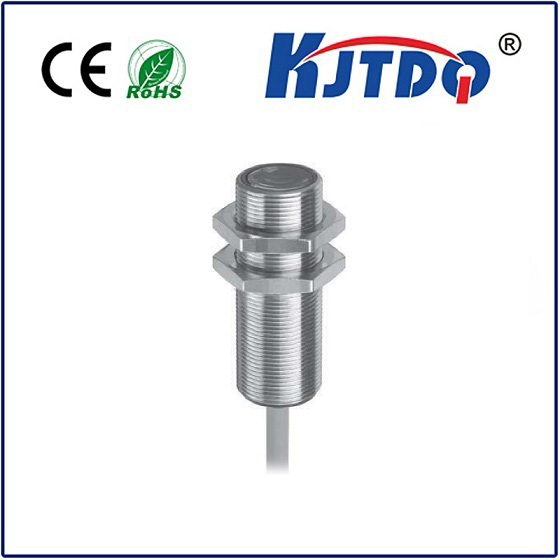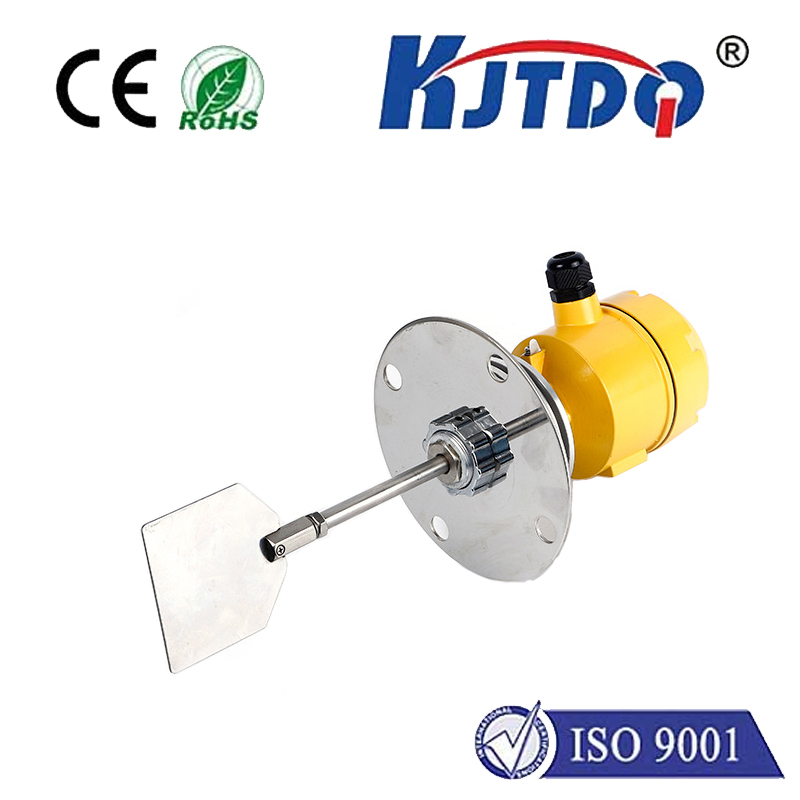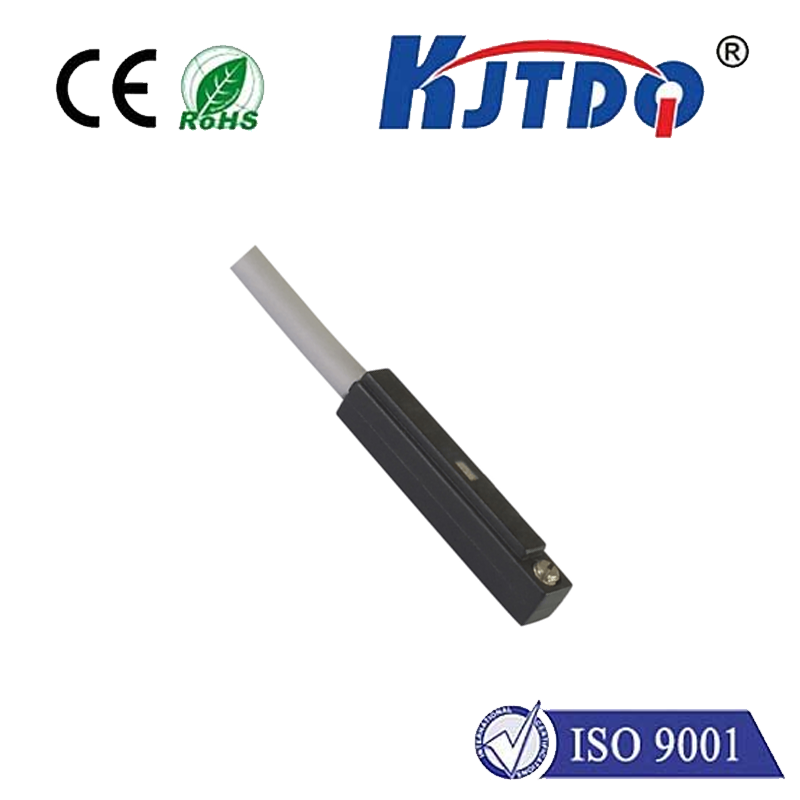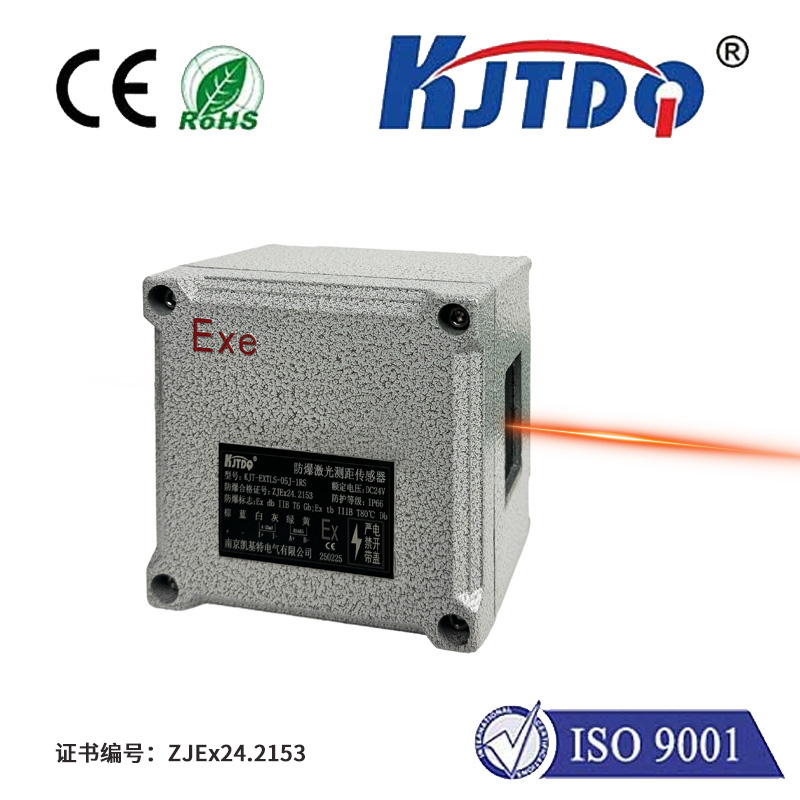

check

check

check

check

check

check

check

check

check

check
The 20 Amp Limit Switch is a crucial component in various electrical systems. This device serves as an essential safety feature, protecting circuits from overloading and potential damage. In this article, we will explore the functionality, applications, and benefits of using a 20 Amp Limit Switch.
Functionality of a 20 Amp Limit Switch
A limit switch is an electromechanical device that can detect the presence or absence of an object within its operating range. When triggered, it opens or closes an electrical contact, which can then be used to control a circuit. The 20 Amp limit switch is specifically designed to handle currents up to 20 Amps, making it suitable for use in medium-power applications.

Applications of a 20 Amp Limit Switch
The 20 Amp limit switch has a wide range of applications in industries such as manufacturing, construction, and automation. It can be used in conveyor belts to prevent overloading by stopping the belt once it reaches a certain weight threshold. In elevator systems, it ensures that the elevator does not exceed the maximum number of passengers or load capacity. Additionally, it can be used in industrial machinery to prevent motor burnout or other forms of damage caused by excessive current flow.
Benefits of Using a 20 Amp Limit Switch
One of the primary benefits of using a 20 Amp limit switch is increased safety. By preventing overloading and potential damage to equipment, this device helps to reduce downtime and maintenance costs associated with repairing or replacing damaged components. Additionally, it provides peace of mind for operators by reducing the risk of accidents caused by electrical faults.
In conclusion, the 20 Amp limit switch plays a critical role in ensuring the safe operation of various electrical systems. Its ability to handle currents up to 20 Amps makes it ideal for medium-power applications. By preventing overloading and reducing the risk of accidents, this device provides numerous benefits for industries across the board.
